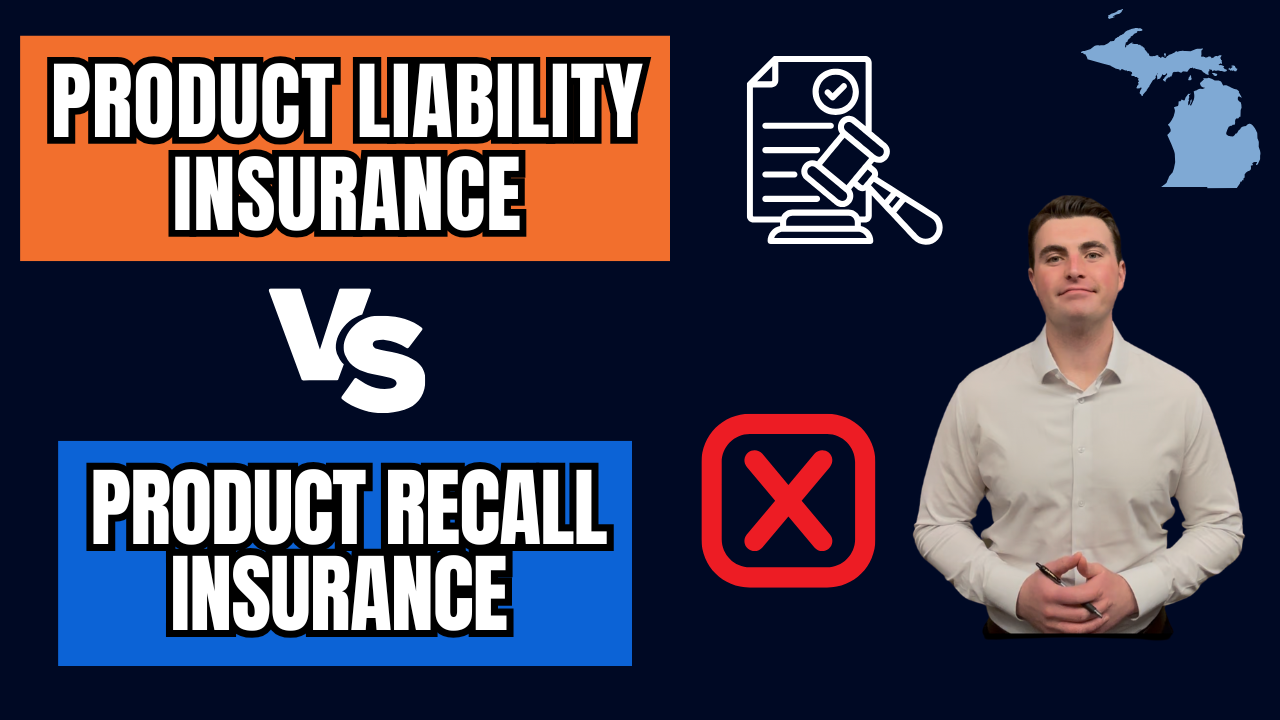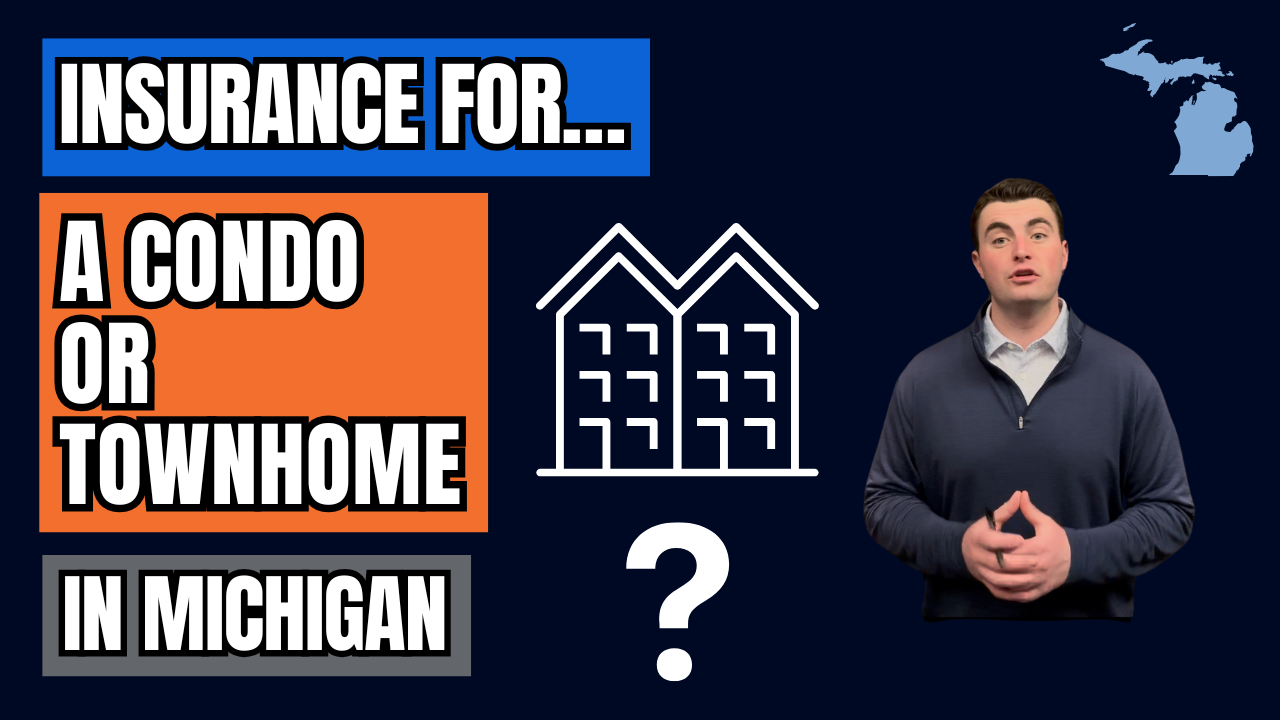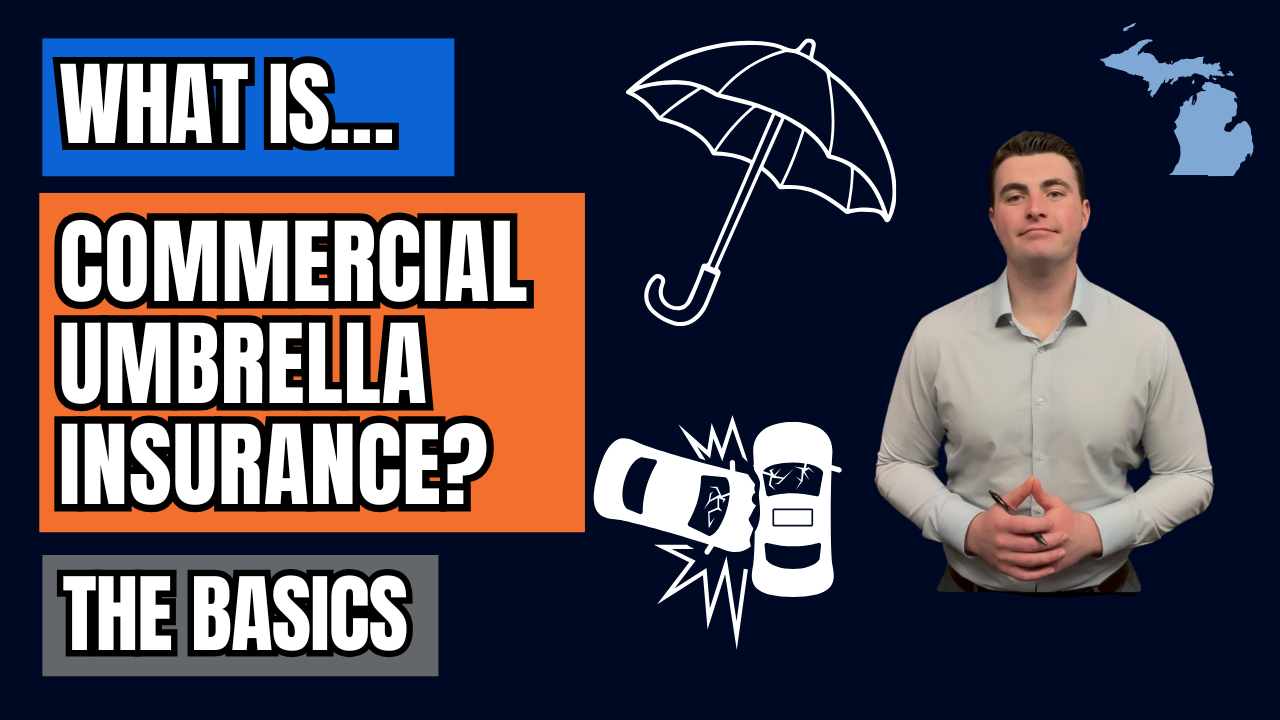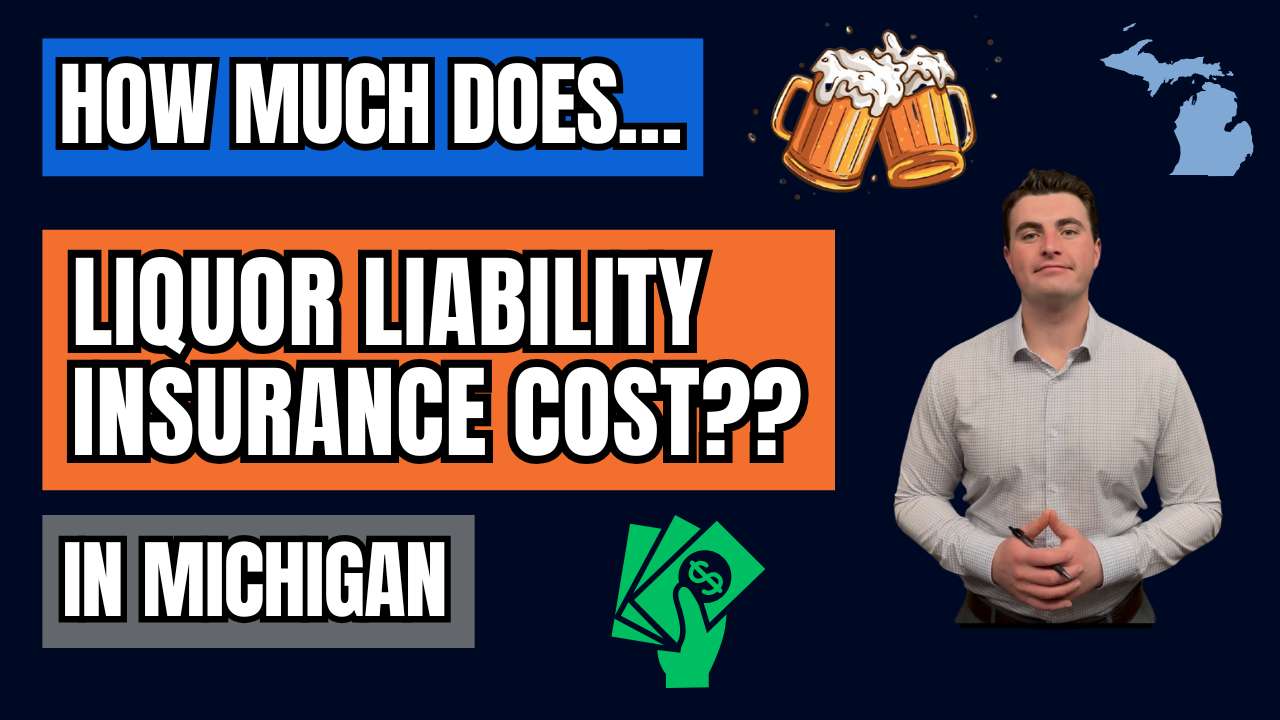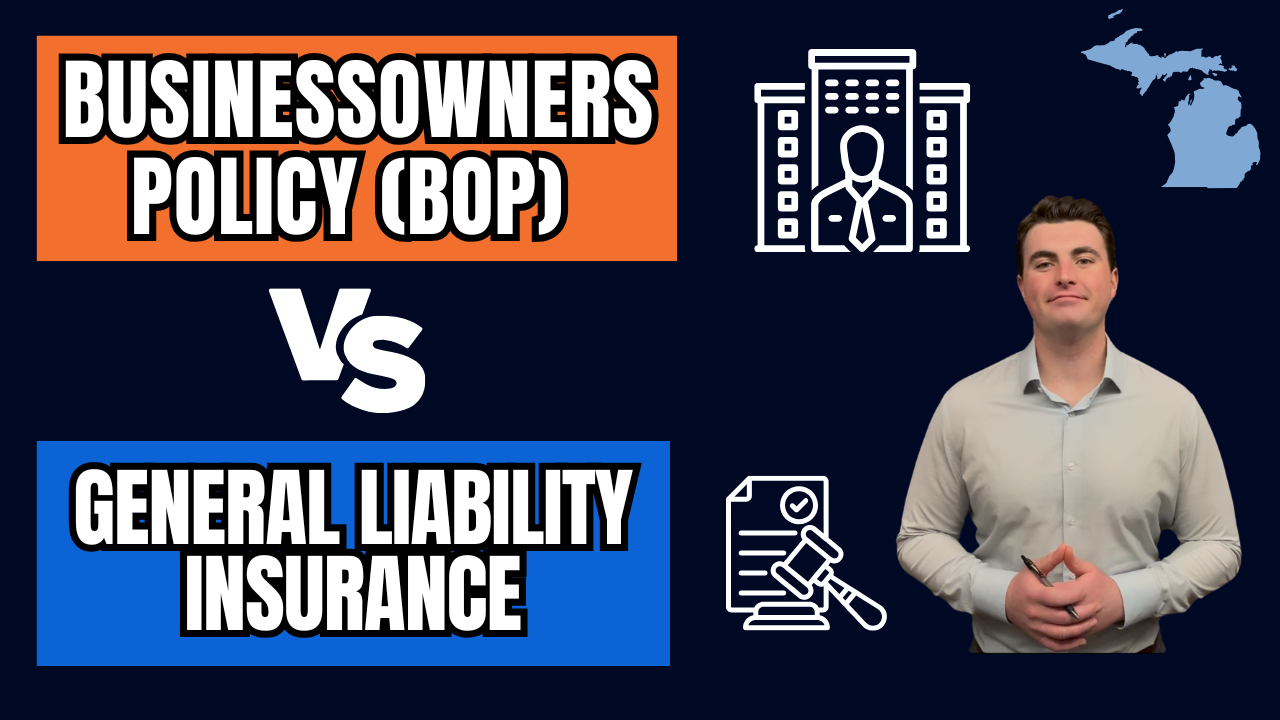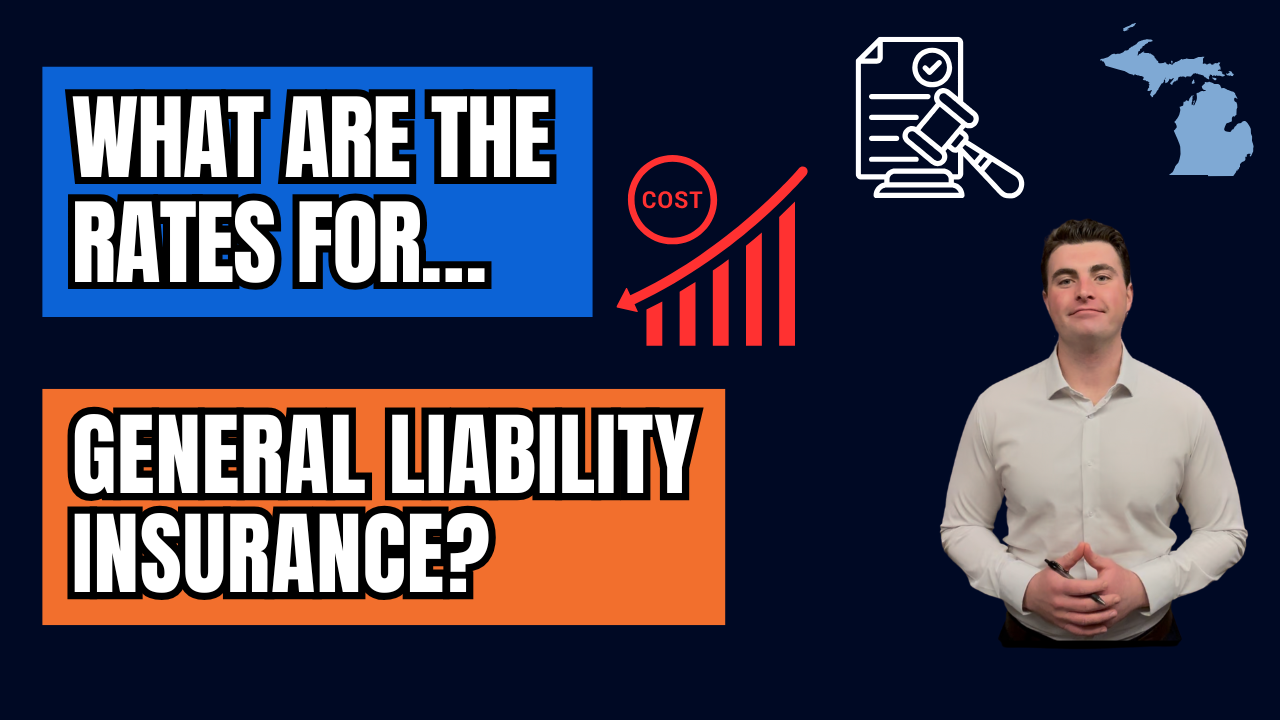Tech E&O Insurance vs. Cyber Insurance: What’s the Difference and Do You Need Both?
Tech E&O Insurance 101: How Is Tech E&O Different From Regular Cyber Insurance?
If you run a technology-based business—whether you're a software developer, IT consultant, managed service provider, or tech support company—understanding the difference between Technology Errors & Omissions (Tech E&O) insurance and Cyber Liability insurance is essential.
While they sound similar and often overlap, they cover two very different sets of risks.
Let’s break it down.
What Is Tech E&O Insurance?
Tech E&O insurance protects your business against claims of negligence, errors, or failure to deliver professional services. It’s a form of professional liability insurance tailored specifically for technology providers.
Common Tech E&O Scenarios:
- A software product you created doesn’t work as promised, causing your client financial loss.
- You miss a deadline on a tech project, leading to business disruption for your customer.
- You provide incorrect IT consulting advice that results in client damages.
In each of these cases, Tech E&O could cover legal defense costs, settlements, and judgments.
What Is Cyber Insurance?
Cyber liability insurance helps protect your business from digital threats like data breaches, ransomware attacks, and privacy violations. It focuses on the aftermath of cyber incidents that affect your business or your clients.
What Cyber Insurance Covers:
- Incident response costs (IT forensics, legal counsel)
- Notifying customers and regulatory bodies of a breach
- Credit monitoring services
- Business interruption losses due to cyber attacks
- Extortion payments due to ransomware
Even if your tech services are flawless, a cyber attack could still damage your business. That’s where cyber insurance comes in.
Tech E&O vs. Cyber Insurance: Key Differences
The main difference between Tech E&O and Cyber Insurance lies in what kind of risk each one covers.
Tech E&O focuses on professional liability—claims that your business made a mistake, missed a deadline, or didn’t deliver services as promised. If a client sues you because your software didn’t work properly or your IT advice caused financial harm, Tech E&O is what steps in.
Cyber Insurance, on the other hand, is all about responding to cyber threats. This includes things like data breaches, ransomware attacks, or accidental leaks of sensitive customer information. It covers costs related to incident response, legal support, customer notifications, and even lost income if your systems are down due to an attack.
So, to sum it up:
- Tech E&O covers mistakes in the services you provide.
- Cyber Insurance covers external cyber threats and the damage they cause.
- Most tech companies benefit from having both.
Do You Need Both Tech E&O and Cyber Insurance?
Yes—most technology businesses benefit from having both.
That said, many insurers now offer combined Tech E&O + Cyber Insurance policies, which bundle the coverage together into one integrated solution. These policies are:
- Simpler to manage
- Potentially more affordable
- Designed for modern, tech-driven businesses
With a combined policy, you can streamline your risk management while ensuring you’re protected from both professional liability and digital threats.
Final Thoughts
In today’s interconnected world, a single insurance policy often isn’t enough to protect your tech business from all the risks you face. Tech E&O and Cyber Insurance each play a critical role, and understanding the difference is the first step toward building a comprehensive protection strategy.
Whether you choose separate policies or a bundled option, make sure your coverage reflects the real-world risks of the services you provide. Talk to a specialist in tech insurance who can guide you based on your business’s unique profile.
Need help figuring out your best insurance setup?
📞 Reach out today for a personalized consultation and quote on Tech E&O and Cyber Insurance coverage tailored to your business.
Contact Us
We will get back to you as soon as possible.
Please try again later.



